Home>diy>Building & Construction>What Does A Superintendent Do In Construction


Building & Construction
What Does A Superintendent Do In Construction
Modified: March 6, 2024
A construction superintendent is responsible for overseeing building construction projects, ensuring they are completed safely, efficiently, and to the highest quality standards. Learn more about the role and responsibilities of a superintendent in the construction industry.
(Many of the links in this article redirect to a specific reviewed product. Your purchase of these products through affiliate links helps to generate commission for Storables.com, at no extra cost. Learn more)
Introduction
Welcome to the world of construction, where buildings rise, bridges connect, and dreams take shape. Behind every successful construction project is a dedicated team of professionals working tirelessly to ensure that everything runs smoothly. One key player in this process is the construction superintendent. In this article, we will explore the crucial role of a superintendent in construction and delve into their responsibilities, skills, and contributions to the successful completion of a project.
A construction superintendent is the central figure responsible for overseeing a construction project from inception to completion. They are an integral part of the project management team and play a vital role in ensuring that all aspects of the construction process are carried out efficiently, effectively, and within budget. With their expertise and experience, they are entrusted with the responsibility of coordinating and managing various tasks, resources, and stakeholders to achieve project goals.
Superintendents in construction are highly skilled professionals with a strong understanding of the construction industry, building codes, safety regulations, and project management principles. They possess a unique blend of technical knowledge, leadership skills, and problem-solving abilities. Their role is not only to ensure that the project is delivered on time and within budget but also to maintain high-quality standards, adhere to safety protocols, and foster effective communication among all project team members.
Throughout this article, we will dive into the different roles and responsibilities of a construction superintendent, explore their core skills and competencies, and shed light on the critical aspects of their work, such as project planning, quality control, budget management, and collaboration with stakeholders. By the end, you will have a comprehensive understanding of what it takes to be an effective construction superintendent and the invaluable contributions they make to the construction industry.
Key Takeaways:
- Construction superintendents oversee and manage all aspects of a construction project, ensuring it stays on track, within budget, and meets quality standards while fostering teamwork and effective communication.
- Construction superintendents are problem-solving leaders who manage budgets, enforce safety regulations, and maintain detailed records, contributing to the successful completion of construction projects.
Read more: What Is A Construction Superintendent
Definition of a Superintendent in Construction
A superintendent in construction is a key member of the project management team who oversees and manages the day-to-day operations of a construction site. They are responsible for ensuring that the project progresses smoothly, adheres to quality standards, and meets the specified deadlines and budget requirements. The superintendent acts as a liaison between the project team, subcontractors, suppliers, and other stakeholders, facilitating effective communication and collaboration throughout the construction process.
Superintendents in construction possess a deep understanding of the construction industry and extensive knowledge of building codes, safety regulations, and construction methods. They have hands-on experience in managing various construction projects, from small-scale residential developments to large commercial or infrastructure projects.
As the on-site leader, the superintendent is responsible for orchestrating every aspect of the construction process. This includes overseeing the work of subcontractors, coordinating schedules, ensuring the availability of necessary materials and equipment, and monitoring progress to ensure adherence to the project timeline. They also play a crucial role in implementing and enforcing safety protocols to prevent accidents and maintain a secure work environment.
Working closely with the project manager and other team members, the superintendent participates in project planning and budgeting, contributing their expertise to ensure realistic timelines and cost estimates. Throughout the construction process, they closely monitor the project’s progress, making adjustments as necessary to keep it on track and within budget. They are also responsible for managing any unexpected issues or changes that may arise, finding practical solutions to ensure minimal disruption and maintaining project momentum.
Overall, a construction superintendent is a vital link in the construction project’s chain of command. They are the on-site leader, coordinating the efforts of various stakeholders, ensuring smooth workflow, maintaining quality standards, and ultimately delivering a successful project that meets the client’s expectations.
Roles and Responsibilities of a Superintendent
A construction superintendent plays a multifaceted role in the construction project, shouldering a wide range of responsibilities. Their overarching goal is to ensure the successful completion of the project while maintaining quality, adhering to safety regulations, and staying within the designated timeline and budget. Let’s explore the key roles and responsibilities of a construction superintendent:
- Project Oversight: The superintendent assumes overall responsibility for the construction project, overseeing all aspects from start to finish. They liaise with the project manager and team members to ensure that everyone is aligned with the project goals and objectives.
- Team Coordination: The superintendent acts as a bridge between the project team and subcontractors, suppliers, and other stakeholders. They coordinate the efforts of all parties involved, ensuring effective communication, collaboration, and resource availability.
- Schedule Management: The superintendent is responsible for creating and managing the construction schedule. They ensure that tasks are completed in a timely manner, coordinating multiple trades to sequence activities for maximum efficiency.
- Quality Assurance: Maintaining quality standards is a key responsibility of the superintendent. They conduct regular inspections, monitor workmanship, and ensure that the construction meets industry and regulatory requirements.
- Cost Control: Superintendents actively participate in budgeting and cost management. They monitor project expenses, seek opportunities for cost savings, and work with the project team to ensure that budgetary constraints are met.
- Safety Compliance: Safety is of paramount importance in construction. Superintendents enforce and promote safety protocols, conduct safety meetings, and ensure that all workers on-site adhere to safety regulations to create a secure work environment.
- Conflict Resolution: In the event of conflicts or disputes, the superintendent acts as a mediator, facilitating open and transparent communication to address issues promptly and effectively.
- Documentation and Reporting: Superintendents maintain comprehensive project documentation, including daily reports, progress updates, and change orders. They provide regular updates to the project manager, stakeholders, and clients, ensuring transparency and accountability.
- Problem Solving: Construction projects often encounter unforeseen challenges. Superintendents employ their problem-solving skills to identify issues and find practical solutions, minimizing delays and keeping the project on track.
- Client Relations: Superintendents represent the construction team to clients, maintaining positive relationships and addressing client concerns or questions throughout the project.
These diverse roles and responsibilities demonstrate the integral role that a construction superintendent plays in ensuring the smooth execution of a construction project. Their expertise and leadership are instrumental in navigating the complexities of the construction process and delivering successful outcomes.
Leadership and Management Skills
Being a construction superintendent requires more than just technical knowledge and experience. It demands strong leadership and management skills to effectively lead a team, coordinate resources, and navigate the complexities of a construction project. Let’s explore the key leadership and management skills that are essential for a successful construction superintendent:
- Communication: Effective communication is crucial for a superintendent to convey expectations, provide clear instructions, and foster collaboration among team members. They must be able to communicate effectively with project managers, subcontractors, suppliers, and clients to ensure everyone is on the same page.
- Problem-Solving: Construction projects are often faced with unexpected challenges and obstacles. A superintendent must possess strong problem-solving skills to identify issues, analyze the situation, and develop practical solutions that keep the project on track.
- Decision-Making: Construction superintendents are required to make critical decisions throughout the project. They must be decisive, weighing various factors such as cost, schedule, quality, and safety to make informed choices that align with project goals.
- Team Building: Building a cohesive and high-performing team is crucial for project success. Superintendents must have the ability to motivate, inspire, and guide their team members, fostering a positive work culture and encouraging collaboration.
- Time Management: Meeting project deadlines is a top priority. Superintendents must possess excellent time management skills to effectively allocate resources, set priorities, and monitor progress to ensure that tasks are completed within the designated timeframe.
- Adaptability: The construction industry is dynamic, and projects can undergo changes or face unforeseen circumstances. Superintendents must be flexible and adaptable, adjusting their plans and strategies as needed to address evolving project requirements.
- Organizational Skills: Construction projects involve numerous tasks, timelines, and resources. Superintendents must be highly organized, efficiently managing documentation, schedules, and workflows to keep the project running smoothly.
- Conflict Resolution: Construction sites can be stressful environments that may give rise to conflicts. Superintendents must possess strong conflict resolution skills, effectively mediating disputes and promoting open communication to maintain a harmonious and productive work environment.
- Attention to Detail: The devil is in the details, especially in construction. Superintendents must have a keen eye for detail, ensuring that work is completed to the specified standards and addressing any issues or deficiencies promptly.
- Ethical Conduct: Superintendents must uphold high ethical standards, setting an example for their team and maintaining trust and integrity in all their interactions with stakeholders.
These leadership and management skills are essential for construction superintendents to effectively lead their teams, manage resources, and achieve project objectives. By embodying these skills, superintendents create an environment conducive to success and contribute to the overall success of the construction project.
Construction Project Planning and Execution
One of the fundamental responsibilities of a construction superintendent is project planning and execution. Effective planning and execution are critical to the success of any construction project, as they provide a roadmap for achieving project goals within the given constraints. Let’s delve into the key aspects of construction project planning and execution that a superintendent is responsible for:
1. Project Scope: The superintendent works closely with the project manager to define the project’s scope, including the specific deliverables, timeline, and budget. They ensure a clear understanding of the client’s requirements and communicate the scope to the project team.
2. Work Breakdown Structure (WBS): The superintendent collaborates with the project team to develop a comprehensive Work Breakdown Structure, breaking down the project into smaller, manageable tasks. This facilitates effective resource allocation, scheduling, and monitoring of progress.
3. Scheduling: Superintendents create and manage the project schedule, identifying the critical path, setting milestones, and determining task dependencies. They work closely with the project team to ensure that tasks are sequenced efficiently, avoiding delays and minimizing disruptions.
4. Resource Allocation: Superintendents are responsible for coordinating and allocating resources required for the project, including labor, equipment, and materials. They ensure that resources are available when needed, preventing delays and optimizing project efficiency.
5. Risk Management: Superintendents identify potential risks and develop risk mitigation plans. They assess factors such as weather conditions, availability of materials, and potential project delays, implementing strategies to mitigate these risks and minimize their impact on the project.
6. Procurement and Material Management: Superintendents collaborate with the project team to identify the materials and equipment required for the project and ensure their timely procurement. They manage the inventory of materials, coordinate deliveries, and verify that the materials meet quality standards.
7. Subcontractor Management: Superintendents oversee the work of subcontractors, ensuring they are aligned with the project plan and schedule. They coordinate subcontractor activities, monitor their progress, and address any issues or concerns that may arise.
8. Quality Control: Superintendents play a vital role in maintaining quality standards throughout the construction process. They conduct regular inspections, perform quality checks, and address any deficiencies promptly to ensure the project meets the required quality benchmarks.
9. Change Management: Construction projects often experience changes, whether it’s due to design modifications, unforeseen circumstances, or client requests. Superintendents manage these changes, evaluating their impact on the project and adjusting the plan as needed while communicating any adjustments to the project team and stakeholders.
10. Progress Monitoring and Reporting: Superintendents closely monitor the progress of the project, tracking milestones, and ensuring that work is being completed as planned. They provide regular progress reports to the project manager and stakeholders, keeping them informed of the project’s status.
Effective project planning and execution are key to achieving project objectives and delivering successful construction projects. Superintendents leverage their expertise in these areas to ensure that the construction process is efficient, resources are optimized, and project timelines are met.
Quality Control and Safety Regulations
Quality control and safety are two critical aspects of construction that a superintendent is responsible for overseeing. Maintaining high-quality standards and complying with safety regulations are paramount to the success of any construction project. Let’s explore how a construction superintendent ensures quality control and adheres to safety regulations:
Quality Control:
Superintendents play a pivotal role in maintaining and enhancing the quality of construction projects. They implement quality control measures to ensure that workmanship, materials, and processes meet the specified standards. Here are the key aspects of quality control that superintendents focus on:
- Document Control: Superintendents maintain detailed documentation regarding project specifications, construction drawings, and material requirements. They ensure that the project team has access to accurate and up-to-date documentation.
- Inspections and Testing: Superintendents conduct regular inspections and tests to verify compliance with quality standards. They check workmanship, materials, and systems to ensure they meet the project requirements and adhere to industry best practices.
- Subcontractor Oversight: Superintendents work closely with subcontractors, providing guidance and monitoring their work to ensure that it meets quality standards. They address any quality issues promptly and collaborate with subcontractors to resolve them efficiently.
- Punch Lists and Deficiency Management: Superintendents create punch lists to identify and address any deficiencies or issues that arise during construction. They ensure that all items on the punch list are rectified before project completion.
- Quality Audits: Superintendents conduct regular quality audits to evaluate the effectiveness of quality control measures and identify areas for improvement. They review processes, procedures, and workmanship to ensure compliance with quality standards.
Safety Regulations:
Safety is of paramount importance in construction, and superintendents play a crucial role in ensuring a safe work environment for all project stakeholders. They are responsible for implementing and enforcing safety regulations and protocols. Here are the key areas that superintendents focus on regarding safety:
- Safety Training: Superintendents ensure that all workers on the construction site receive proper safety training. They organize and facilitate safety training sessions, covering topics such as hazard identification, personal protective equipment (PPE) usage, and emergency procedures.
- Safety Inspections: Superintendents conduct regular safety inspections to identify potential hazards and address them promptly. They ensure that safety protocols are being followed, machinery is properly maintained, and work areas are free from hazards.
- Safety Meetings: Superintendents organize and lead regular safety meetings to discuss safety issues, address concerns, and reinforce safety procedures. They foster open communication among all team members, encouraging them to report any safety hazards or incidents.
- Permitting and Regulatory Compliance: Superintendents ensure that all necessary permits and licenses are obtained, adhering to local, state, and federal regulations. They stay updated on safety regulations and industry standards to ensure compliance throughout the construction process.
- Incident Investigation and Reporting: In the event of a safety incident, superintendents promptly investigate the incident, documenting and reporting it as required. They take appropriate actions to prevent similar incidents from occurring in the future.
By focusing on quality control and safety regulations, superintendents play a crucial role in delivering construction projects that meet the highest quality standards and provide a safe working environment for all involved.
A superintendent in construction oversees the daily operations of a project, including scheduling, budgeting, and ensuring safety and quality. They also coordinate with subcontractors and communicate with the project team.
Communication and Collaboration with Stakeholders
Effective communication and collaboration with stakeholders are vital components of a construction superintendent’s role. As the liaison between the project team, subcontractors, suppliers, and clients, superintendents must ensure open and efficient communication to facilitate successful project outcomes. Let’s explore the key aspects of communication and collaboration that superintendents focus on:
Clear and Timely Communication:
Superintendents must communicate project goals, expectations, and progress to all stakeholders involved in the construction project. This includes the project team, subcontractors, suppliers, and clients. Here’s how they ensure clear and timely communication:
- Team Meetings: Superintendents conduct regular team meetings to update the project team on progress, discuss challenges, and set priorities. These meetings provide an opportunity for open dialogue and ensure that everyone is informed and aligned with the project objectives.
- Reporting: Superintendents provide regular reports to the project manager and stakeholders to keep them informed of project status, milestones achieved, and any potential issues. These reports help stakeholders make informed decisions and maintain transparency throughout the construction process.
- Document Sharing: Superintendents use digital tools and platforms to share relevant documents and information with stakeholders. This includes project schedules, plans, drawings, and specifications, ensuring that all stakeholders have access to the latest information.
- Effective Listening: Superintendents actively listen to the concerns, feedback, and ideas of all stakeholders. They create a supportive and inclusive environment where everyone feels heard and valued, fostering collaboration and engagement.
- Client Engagement: Superintendents communicate regularly with clients to address their questions, provide updates on the project’s progress, and ensure client satisfaction. They understand the importance of maintaining positive relationships with clients throughout the construction process.
Collaboration and Teamwork:
Successful construction projects require collaboration and teamwork among all stakeholders involved. Superintendents play a critical role in fostering collaboration and ensuring effective teamwork. Here’s how they facilitate collaboration:
- Team Building: Superintendents focus on building a cohesive project team, promoting a harmonious work environment, and fostering positive working relationships. They encourage teamwork, cooperation, and mutual respect among team members.
- Coordination with Subcontractors and Suppliers: Superintendents collaborate closely with subcontractors and suppliers, ensuring their timely involvement, providing clear instructions, and managing their performance to align with the overall project goals.
- Conflict Resolution: In construction, conflicts may arise among team members or with subcontractors. Superintendents address conflicts in a timely and constructive manner, seeking resolutions that promote collaboration and maintain project momentum.
- Problem-Solving: Superintendents encourage and empower team members to contribute their ideas and solutions to project challenges. They facilitate problem-solving discussions, leveraging the collective expertise of the team to find the best possible solutions.
- Shared Decision-Making: Superintendents involve the project team and stakeholders in decision-making processes whenever possible. They value input from all stakeholders, ensuring that decisions are well-informed and supported by those involved.
Through effective communication and collaboration, superintendents create an environment where all stakeholders are informed, engaged, and aligned with the project goals. This fosters teamwork, cooperation, and ultimately contributes to the successful execution of the construction project.
Problem Solving and Issue Resolution
Construction projects are no strangers to challenges and unexpected issues. This is where the problem-solving and issue resolution skills of a construction superintendent come into play. Superintendents are adept at identifying problems, finding practical solutions, and effectively resolving any issues that may arise during the construction process. Let’s explore how superintendents tackle problems and resolve issues:
Identifying Problems:
Superintendents possess a keen ability to identify problems and potential risks early on in the construction process. They conduct regular inspections, review project plans, and collaborate with the project team to identify potential issues. By staying proactive and vigilant, superintendents can address problems before they escalate and impact the project’s progress.
Analyzing Situations:
When confronting a problem or issue, superintendents analyze the situation to gain a comprehensive understanding of the root cause. They assess the impact of the problem on the project timeline, budget, and quality, and consider the various factors influencing the issue. This analysis helps superintendents develop effective strategies to address and resolve the problem.
Collaborative Problem-Solving:
Superintendents understand the importance of collaboration and teamwork when it comes to problem-solving. They actively engage the project team, subcontractors, and stakeholders to gather insights, ideas, and possible solutions to the problem at hand. By leveraging the collective knowledge and expertise of the team, superintendents can generate innovative and practical solutions.
Decision-Making:
Once potential solutions have been identified, superintendents make informed decisions based on the best interests of the project. They weigh the pros and cons of each potential solution, considering factors such as budget, schedule, quality, and safety. Superintendents consult project managers, stakeholders, and subject matter experts when necessary to ensure sound decision-making.
Effective Implementation:
Superintendents take charge of implementing the chosen solution. They communicate the action plan to the project team and ensure that everyone is aware of their roles and responsibilities. They also collaborate with subcontractors and suppliers to coordinate the necessary resources and activities for a smooth execution of the solution.
Monitoring and Evaluation:
Superintendents closely monitor the implementation of the solution and evaluate its effectiveness. They assess whether the problem has been adequately resolved and if any further actions are required. They also take preventive measures to minimize the likelihood of similar problems arising in the future, applying lessons learned from the issue resolution process.
Adaptability and Flexibility:
Construction projects are dynamic and can present unforeseen challenges. Superintendents must be adaptable and flexible in their problem-solving approach. They are open to alternative solutions and are willing to adjust plans and strategies as necessary to overcome obstacles and ensure project success.
Effective Communication:
Throughout the problem-solving and issue resolution process, superintendents maintain strong communication with the project team, subcontractors, and stakeholders. They provide updates, share progress, and address concerns to keep everyone informed and involved in the resolution efforts. Clear and timely communication helps to build trust and confidence among all stakeholders.
By employing their problem-solving and issue resolution skills, construction superintendents are capable of overcoming challenges and ensuring the smooth progress of construction projects. Their ability to analyze, collaborate, and make informed decisions plays a crucial role in the successful completion of projects.
Budgeting and Cost Management
Effective budgeting and cost management are crucial responsibilities of a construction superintendent. They play a key role in ensuring that the construction project is completed within the allocated budget. Let’s explore the important aspects of budgeting and cost management that superintendents focus on:
Budget Development:
A superintendent works closely with the project manager in the initial stages of the project to develop a realistic budget. They consider various factors, such as material costs, labor expenses, equipment rentals, subcontractor fees, permits, and other project-specific costs. By accurately estimating and allocating resources, superintendents lay the foundation for effective cost management.
Tracking and Monitoring Expenses:
Superintendents diligently track and monitor project expenses throughout the construction process. They maintain detailed records of all costs incurred, including procurement of materials and equipment, labor wages, subcontractor invoices, and other project-related expenditures. With this information, superintendents can keep a close eye on project expenses and ensure they remain within budget.
Cost Analysis and Forecasting:
Superintendents analyze project costs and trends to provide accurate cost forecasting. They regularly review project expenditures, compare them to the budget, and identify any discrepancies. By analyzing these trends, superintendents can make informed decisions and take corrective actions to keep costs under control.
Value Engineering:
Superintendents are involved in value engineering, which focuses on maximizing the value of the project while reducing costs. They collaborate with the project team to identify alternative design, material, or construction methods that provide the same level of quality and functionality at a lower cost. By implementing value engineering strategies, superintendents can improve project efficiency and deliver cost savings.
Cost Control Measures:
Superintendents actively seek opportunities to control costs throughout the construction process. They collaborate with subcontractors, suppliers, and the project team to find innovative ways to reduce expenses without compromising on quality. This may involve negotiating favorable terms with vendors, optimizing resource allocation, or streamlining processes to eliminate waste.
Change Order Management:
Change orders can disrupt project budgets, and superintendents play a crucial role in managing them effectively. They carefully review change order requests, assess their impact on the budget and schedule, and negotiate with the client or stakeholders when necessary. Superintendents ensure that change orders are properly documented, signed off, and integrated into the project plan to avoid cost overruns.
Contingency Planning:
Superintendents develop contingency plans to address unforeseen circumstances that may impact the project budget. They set aside a portion of the budget as a contingency fund to account for potential risks, such as material price fluctuations, weather delays, or unexpected site conditions. Superintendents proactively manage the contingency fund and ensure its appropriate usage to mitigate financial risks.
Financial Reporting:
Superintendents provide regular financial reports to the project manager and stakeholders, summarizing project expenses, budget variances, and overall financial status. These reports enable stakeholders to make informed decisions, make necessary adjustments, and ensure financial accountability throughout the construction process.
Effective budgeting and cost management by superintendents contribute to the overall success of a construction project. By carefully monitoring expenses, analyzing costs, and implementing cost control measures, superintendents help to ensure that the project remains financially viable and meets the client’s budgetary expectations.
Record-keeping and Documentation
Record-keeping and documentation are vital aspects of a construction superintendent’s responsibilities. Keeping accurate and comprehensive records ensures transparency, facilitates effective communication, and contributes to the overall success of a construction project. Let’s explore the key elements of record-keeping and documentation that superintendents focus on:
Project Documentation:
A superintendent maintains a wide range of project documentation throughout the construction process. This includes project plans, contracts, permits, drawings, specifications, change orders, and any other relevant project-related documents. By organizing and managing these documents, superintendents ensure easy access and retrieval of information when needed.
Daily Logs and Progress Reports:
Superintendents are responsible for maintaining daily logs that record activities, progress, and significant events on the construction site. They document key milestones, work completed, and any challenges encountered. Progress reports are regularly prepared based on this information, providing stakeholders with an overview of the project’s status and accomplishments.
Meeting Minutes:
Superintendents document and distribute meeting minutes for various project meetings. This includes minutes from team meetings, subcontractor meetings, safety meetings, and coordination meetings. Meeting minutes capture discussions, decisions, and action items, ensuring that everyone is aware of the outcomes and next steps.
Submittals and Approvals:
Superintendents maintain records of submittals, which include shop drawings, product data, and samples submitted by subcontractors and suppliers for approval. They review these submittals and ensure compliance with project requirements. By keeping track of submittals and approvals, superintendents ensure that the construction process moves forward smoothly.
Change Orders and Variation Requests:
Superintendents document and track change orders and variation requests throughout the project. They maintain records of change order requests, their approval or rejection, and any associated cost or schedule implications. By documenting these changes, superintendents can effectively manage project adjustments and avoid disputes or disputes related to project scope changes.
Safety and Incident Reports:
Superintendents maintain records of safety reports and incident documentation. This includes recording safety inspections, near misses, accidents, and any incidents that occur on the construction site. By maintaining detailed records, superintendents can evaluate trends, identify potential risks, and implement corrective actions to ensure a safe work environment.
Budget and Financial Records:
Superintendents keep track of project expenditures, invoices, purchase orders, and financial records. This includes maintaining records of material procurement, equipment rentals, labor costs, and subcontractor payments. Accurate financial records help superintendents monitor project costs, track budget variances, and provide necessary financial reporting to stakeholders.
As-Built Drawings and Closeout Documentation:
Superintendents ensure that as-built drawings, marked with any changes or modifications made during construction, are properly documented and maintained. They also oversee the compilation of closeout documentation, including warranties, operating manuals, as-built specifications, and final project reports. This documentation serves as a valuable resource for future maintenance and reference by the client.
Legal and Regulatory Compliance:
Superintendents ensure that all project-related legal and regulatory requirements are documented and complied with. This includes permits, licenses, inspections, and certificates of occupancy. By maintaining proper documentation and records, superintendents help mitigate legal risks and ensure compliance with local, state, and federal regulations.
Effective record-keeping and documentation by superintendents provide a thorough record of the project’s timeline, decisions made, challenges encountered, and actions taken. They ensure transparency, aid in effective communication, and serve as a valuable reference for future projects, contributing to the overall success and legacy of the construction project.
Conclusion
In the world of construction, a superintendent holds a pivotal role in ensuring the successful completion of projects. Their expertise, leadership, and problem-solving skills are essential in navigating the complexities of the construction process. From project planning to execution, quality control to budget management, a construction superintendent’s responsibilities encompass a wide range of critical tasks.
Throughout this article, we have explored the various aspects of a construction superintendent’s role. They are the driving force behind effective project planning and execution, ensuring that projects stay on track, within budget, and within specified timelines. Superintendents excel in managing teams, coordinating resources, and resolving challenges that arise during the construction process.
Additionally, a construction superintendent’s effectiveness greatly depends on their communication and collaborative skills. They facilitate effective communication among project team members, subcontractors, suppliers, and clients, ensuring everyone is aligned with project goals. By fostering collaboration and teamwork, superintendents create an environment that promotes innovation, efficiency, and successful project outcomes.
Moreover, quality control and compliance with safety regulations are of utmost importance to a construction superintendent. They constantly monitor and maintain high-quality standards, ensuring that workmanship, materials, and processes meet project specifications. By enforcing safety protocols, conducting inspections, and promoting a safe work environment, superintendents prioritize the well-being of all stakeholders involved in the construction project.
Budgeting and cost management are also critical responsibilities of a construction superintendent. They develop realistic budgets, monitor expenses, and implement cost control measures to ensure that the project remains financially viable. Superintendents play a key role in managing project costs, tracking expenditures, and providing accurate financial reporting to stakeholders.
Record-keeping and documentation are essential to a superintendent’s role, enabling effective project management. By meticulously maintaining project documents, progress reports, meeting minutes, financial records, and other project-related information, superintendents ensure transparency, facilitate communication, and provide a valuable resource for future reference.
In conclusion, a construction superintendent is a skilled professional who brings together technical knowledge, leadership abilities, and problem-solving expertise to successfully guide construction projects from start to finish. Their role extends beyond managing the construction process; they act as the bridge between the project team, subcontractors, suppliers, and clients, ensuring effective communication, collaboration, and a commitment to quality and safety.
With their comprehensive skills in project planning and execution, leadership and management, quality control and safety, communication and collaboration, problem solving and issue resolution, budgeting and cost management, and record-keeping and documentation, a construction superintendent plays an integral part in the construction industry, contributing to the successful completion of remarkable structures and leaving a lasting impact on the built environment.
Frequently Asked Questions about What Does A Superintendent Do In Construction
Was this page helpful?
At Storables.com, we guarantee accurate and reliable information. Our content, validated by Expert Board Contributors, is crafted following stringent Editorial Policies. We're committed to providing you with well-researched, expert-backed insights for all your informational needs.
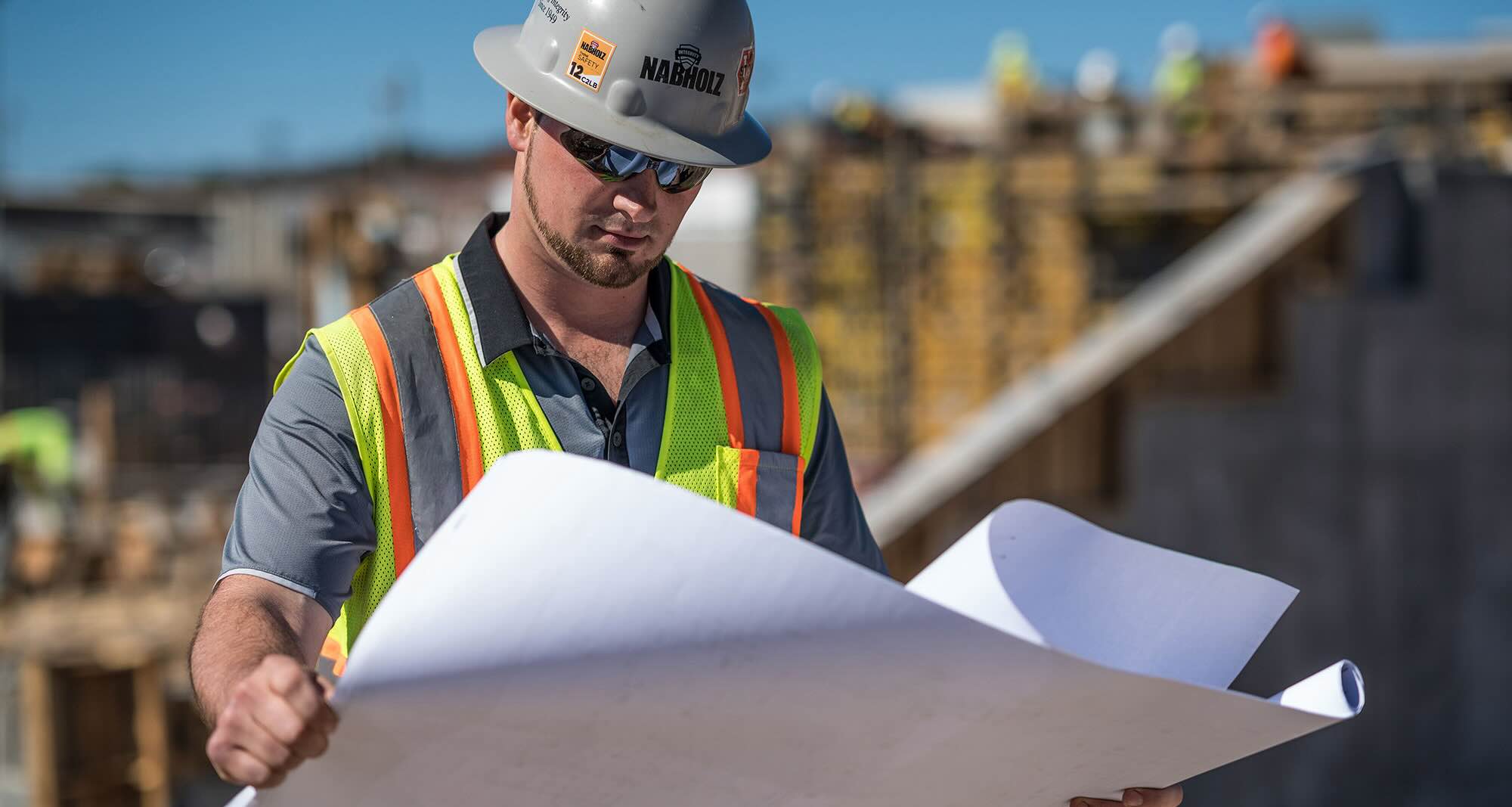
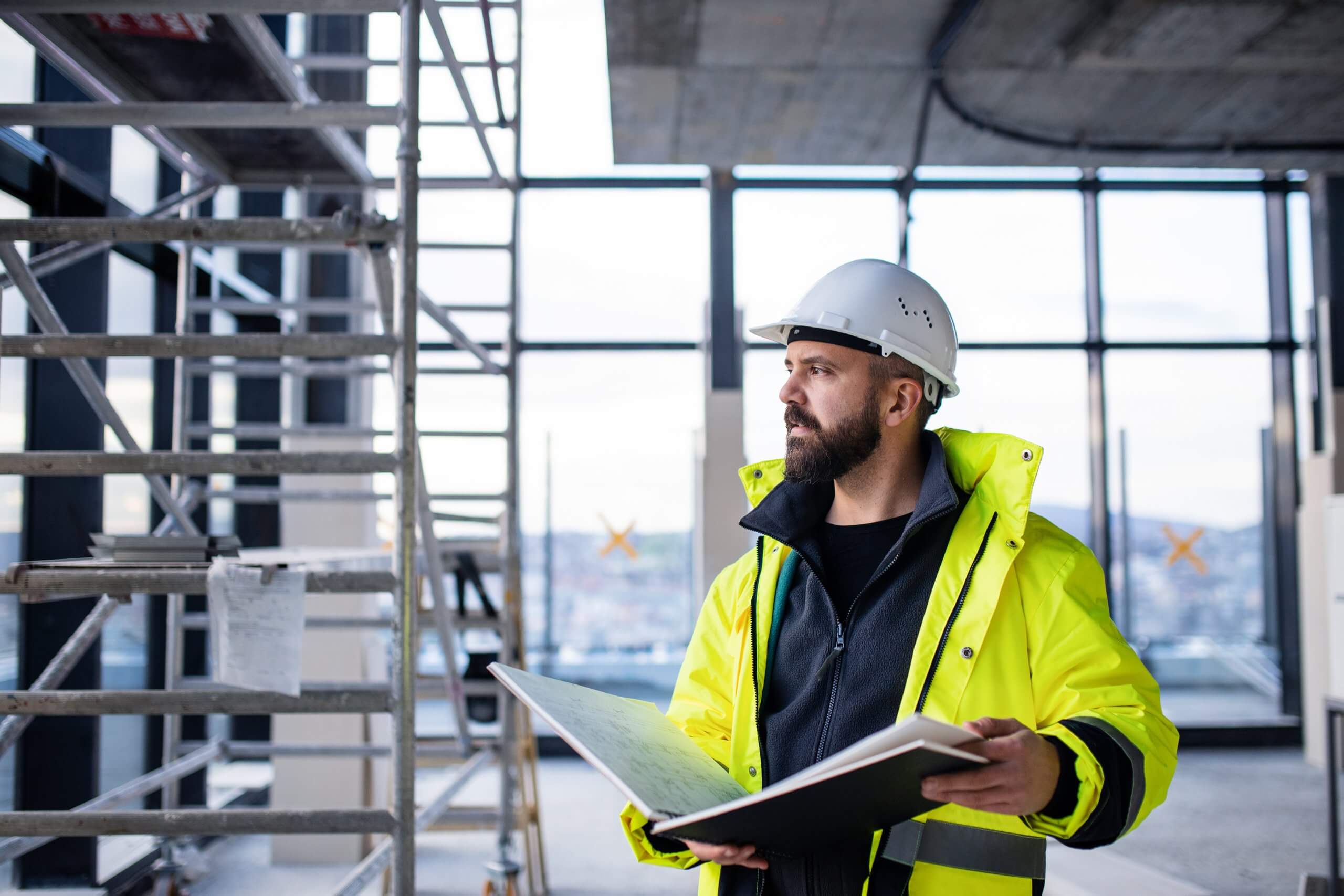



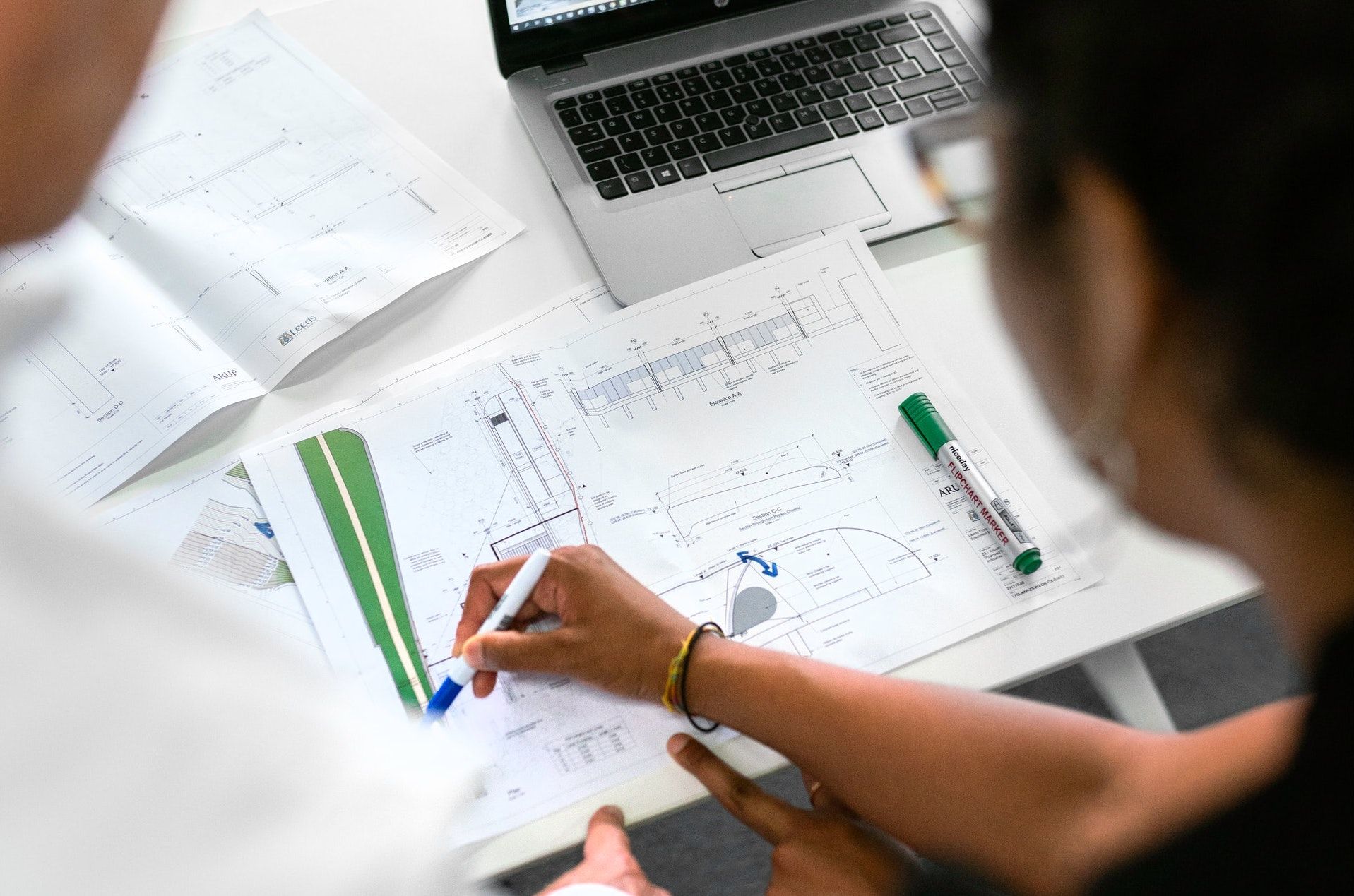
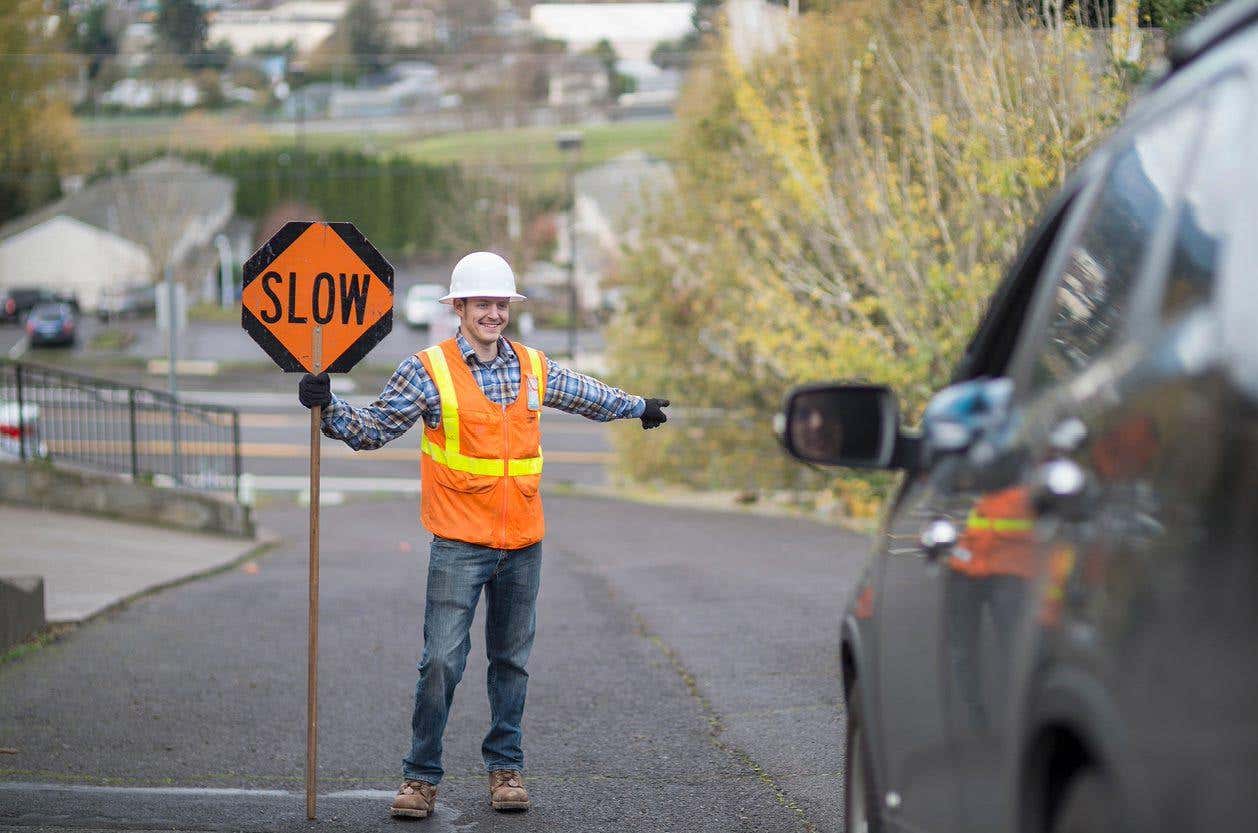
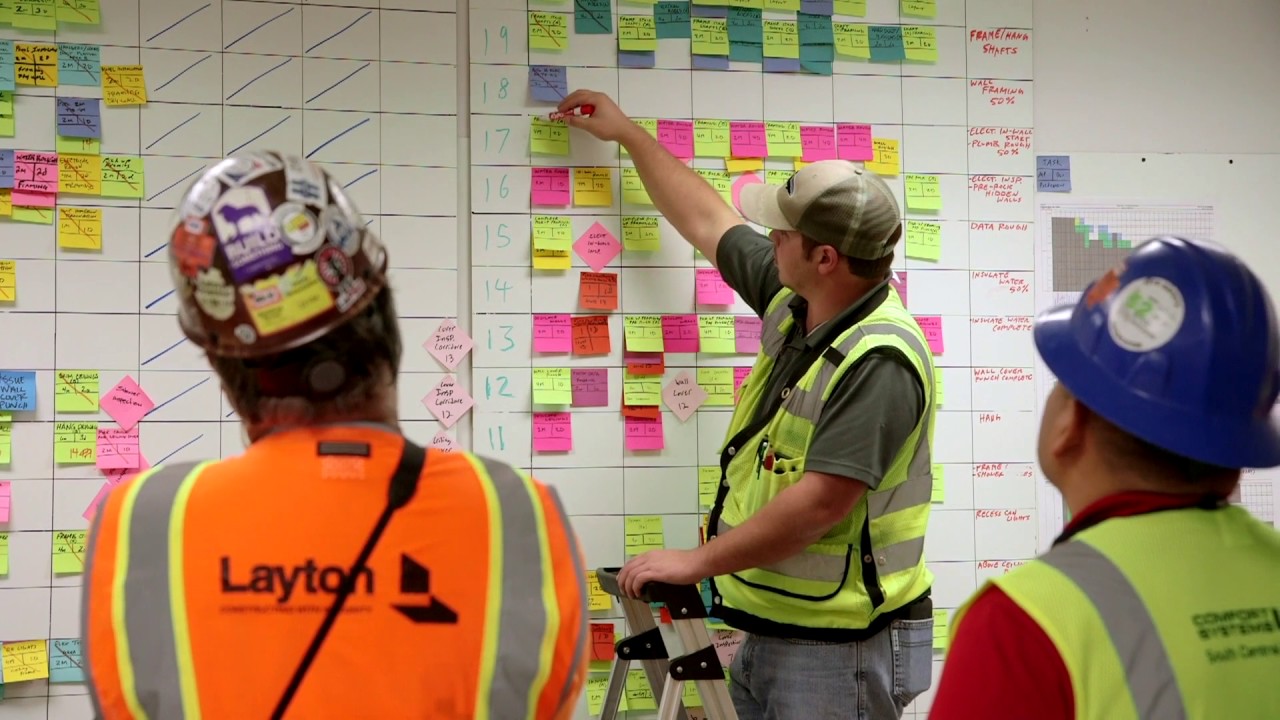

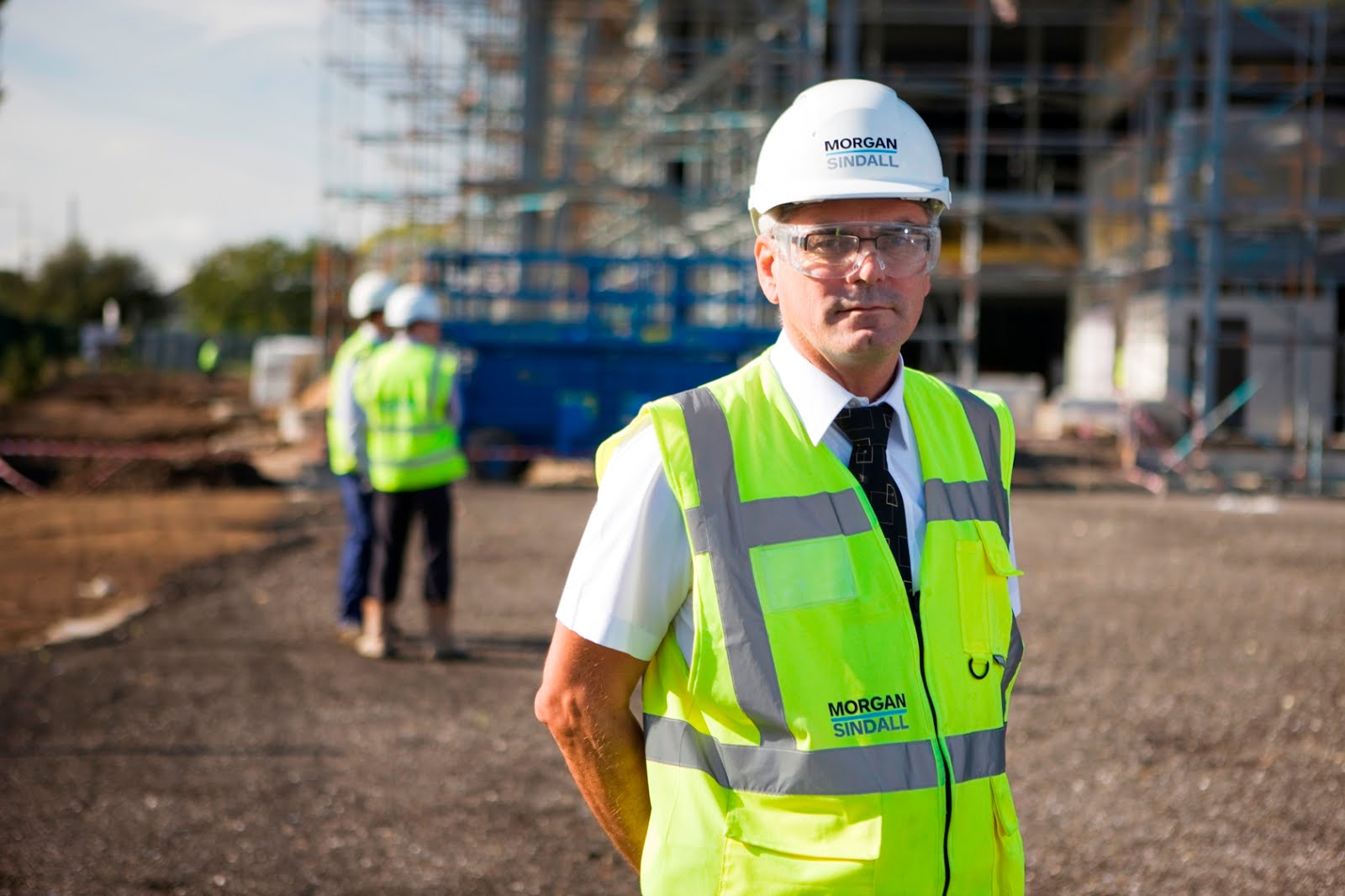
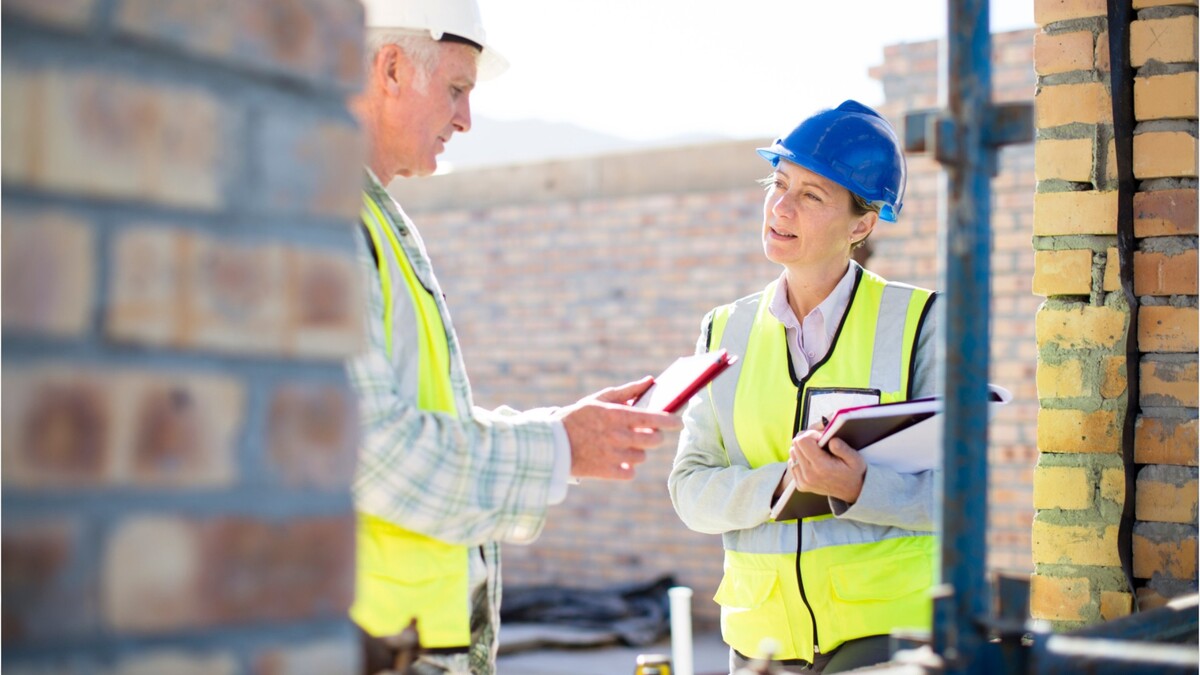
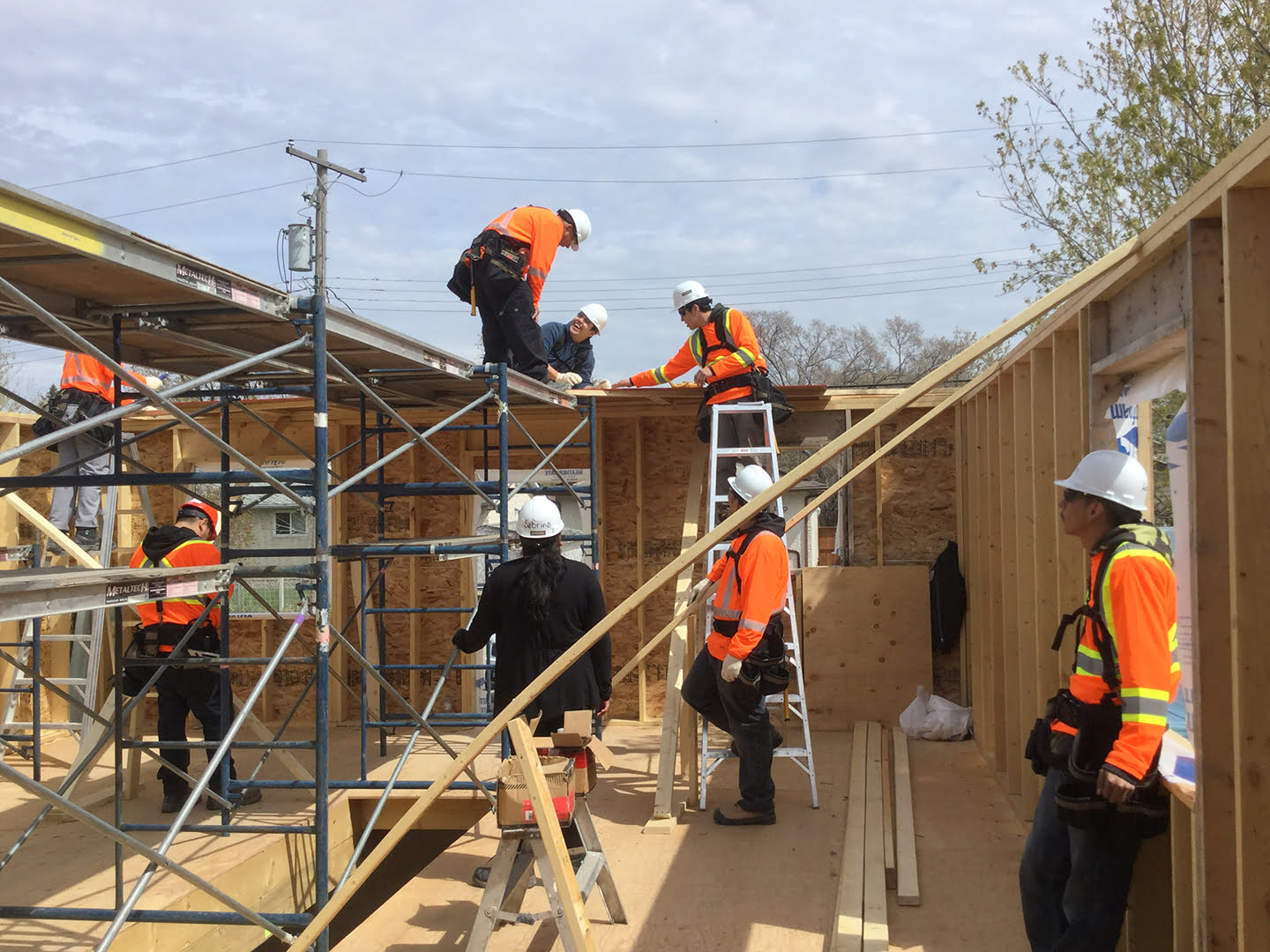


0 thoughts on “What Does A Superintendent Do In Construction”